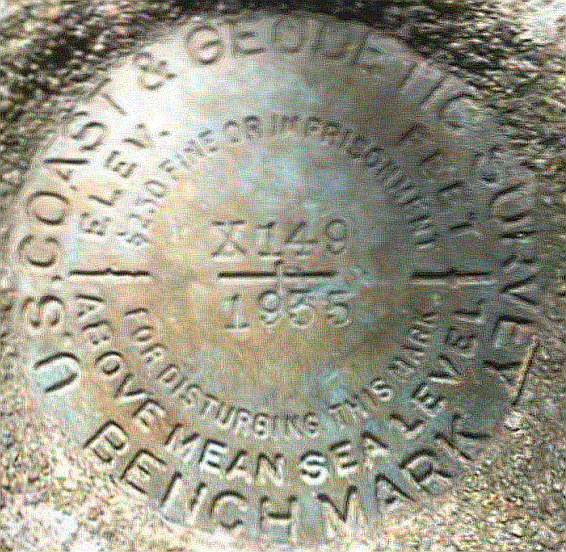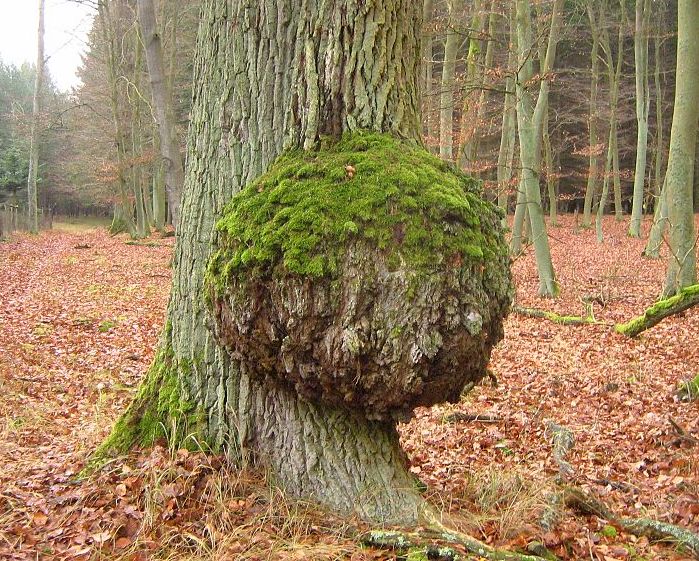
I Discover a 1935 U.S. Coast and Geodetic Survey Benchmark
I travel the county quite a bit, meeting and talking with people. Since my conversation is varied, I naturally receive all kinds of responses. One day, a man who is a bit of a recluse drew my attention to an artifact at the edge of the property. He told me that if anyone was to dig it up, including himself, he would get into trouble with the Federal Government! Naturally, I was intrigued. What was this artifact? The Unobtrusive Artifact The man pointed to a small concrete-filled pipe, rusted on the outside, that stuck up from the ground only a very little distance. In the middle of the smoothed concrete top was a little disk, imprinted with words in a circular fashion, much like a large coin. The words read:…

